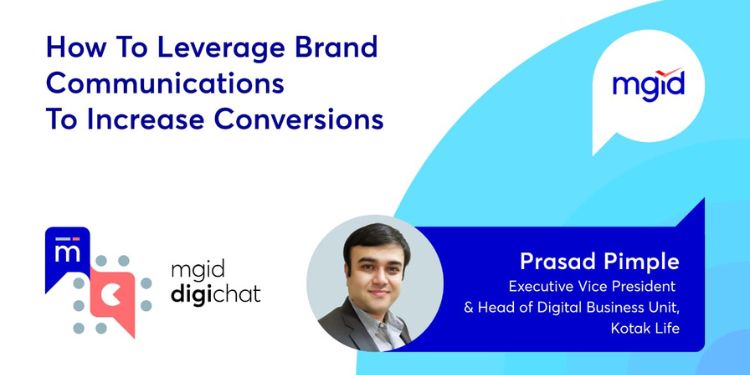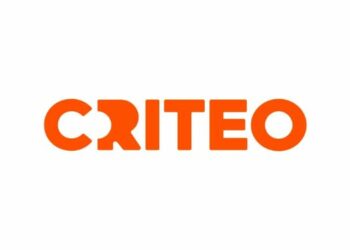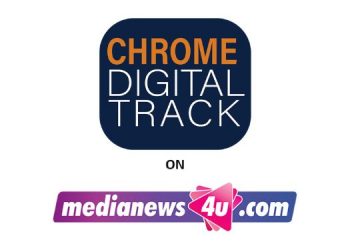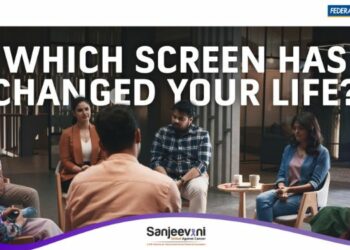Competition in the digital marketplace is fierce and every brand sets out with the same objective in mind: Make their mark and, ultimately, get users to convert. Brand storytelling is one of the most powerful tools that can be leveraged to gain an edge in the consumer’s mind.
The purpose of meaningful and effective brand communication is to establish a connection between the consumer and the brand. Brand storytelling allows the advertiser to make their core communication or messaging stand out amongst the melee of their competitors. It builds an emotional quotient for the brand, which humanizes the company and builds a positive connection with the target audience. Buyers evaluate brands by how they make them feel, which is why emotions and positive experiences increase the chances of conversion. According to research by Headstream, if people love a brand’s story or communication, 55% are more likely to buy the product in the future, 44% will share the story and 15% will buy the product immediately [1].
To explore this topic and how brand communication can be leveraged to increase conversions, Pankaj Sharma, CEO & Director, MGID India is joined with Prasad Pimple, Executive Vice President & Head of Digital Business Unit, Kotak Life.
Below are a few excerpts from their discussion.
Question: What are the key brand communication factors to focus on to increase conversions?
Answer: The primary factors that a brand should focus on include awareness, differentiation and value perception. The buyer needs to be aware of the brand and its offerings, understand how this brand is different from its competitors and what value they can get from the product or service. If a brand wants potential buyers to remember them, the brand’s communication should focus on those three primary factors to increase chances of conversion. In addition, the brand communication should be creative, sticky, meaningful and easy to interpret for the users.
Question: Do you think over the years online brand communications dynamics have changed?
Answer: The introduction of technology and digital tools has revolutionized the world of marketing and the way brands communicate with their target audience online. From having a push approach and a mass marketing strategy, brands are now looking at creating a pull factor for their products and personalizing their messaging to make it more meaningful for buyers. Another important change in brand communication dynamics is the measurement of campaigns, which has allowed marketers to make their communication strategy more effective. ROI can be tracked in real time and predictive analysis can help get a sense of customers across all channels and platforms, helping to drive the personalization factor and optimize customer interaction, experience and engagement.
Question: How important is storytelling for a brand’s communication strategy in the digital landscape?
Answer: There is no doubt that digital storytelling is a very valuable approach to creating awareness and brand impact because it adds character to a company’s image and makes the brand relatable to buyers. People naturally absorb stories and find ways to connect and relate to them. When a brand uses a storytelling format to share its core communication with its target audience, it pulls viewers into the brand’s story.
The other advantage of storytelling is that it can be adapted across formats and platforms, thus allowing a brand to maintain communication everywhere without significant additional investment.
In addition, brand storytelling also enables the brand to create a community with its audiences. This is where a brand can converse, engage and involve the audience, which helps build not only communication but also trust in the brand. Once the audience likes and trusts the brand, they are more likely to buy from them.
Question: With respect to ad performance, what should be the most important objective for an advertiser?
Answer: The core objective of any brand communication or ad performance should be to create engagement with the user and to involve the audience with the ad. Native advertising has been an extremely effective approach in terms of performance of ads. This is because the ads do not hamper the user experience and are contextually relevant as well. This increases the probability of a user engaging with the ad and moving to the next step in the purchase funnel.
Question: How do you create an effective digital brand strategy to achieve better ROI?
Answer: The first thing that a brand needs to keep in mind when designing their digital brand strategy is to maintain a balance between the tangible and intangible brand metrics. Understanding the brand vision should be the starting point of its digital brand strategy. It drives everything. The second should be the audience. Identification of these two primary elements should be followed with careful planning to identify the key metrics to measure branding success; defining team responsibilities for each segment such as SEO, employing email and offline marketing, PPC, social media, reach, frequency, and website; defining SMART goals; creating a reporting template and taking effective measures to stay on course with the plans or goals.
Question: How to measure brand success? What are the key metrics?
Answer: Some common metrics that can be used to measure brand success are awareness, consideration, association, brand perception, recall, sentiment and the most important; enquiries. In order to understand whether a campaign has been successful or not, a brand needs to measure whether there has been an uplift in these metrics or a downgrade. Surveys are one of the best methods to conduct such measurement studies, as they give accurate, unbiased feedback from the target audience.
[1]https://www.marketsmiths.com/2017/roi-brand-story
















